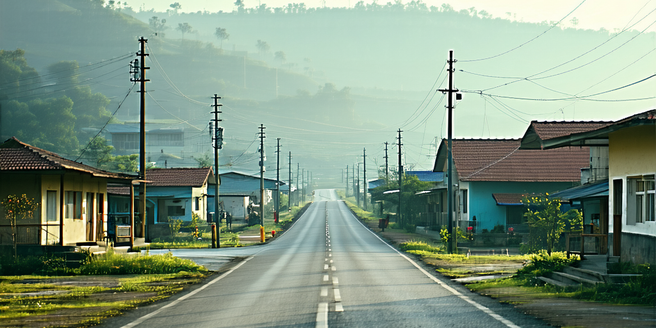Community Development Block Grants

What Are Community Development Block Grants?
Community Development Block Grants (CDBG) are flexible funding initiatives by the U.S. Department of Housing and Urban Development (HUD). They aim to provide communities with resources to address a wide range of development needs including housing, economic development, and infrastructure. Launched in 1974 under the Housing and Community Development Act, CDBGs have become a cornerstone for community development. The impact of these grants has been felt in numerous cities across the country, transforming neighborhoods and improving the quality of life for residents. Unlike some funding programs, they allow local governments significant discretion in designating projects. These grants are primarily used to benefit low- and moderate-income people, prevent or eliminate slums or blight, and address urgent needs that pose a serious threat to community health or welfare.
History and Evolution of CDBG Programs
The CDBG program has evolved significantly since its inception in 1974. Initially, it focused on providing flexible funding for housing and infrastructure. Over the decades, it has adapted to changing community needs, integrating economic activities and social services into its portfolio. The program has shown remarkable resilience and adaptability, continually reshaping itself to serve the needs of diverse communities. The evolution was partly driven by feedback from local governments and stakeholders, making it one of the most relied upon grant programs in the nation. Changes in legislation over the years have expanded the scope to include modern challenges such as climate resilience and technology upgrades. As federal policies evolved, so did the mechanisms for dispersing funds, ensuring that CDBGs remain relevant and effective in addressing community problems.
How CDBGs Benefit Local Communities
Community Development Block Grants (CDBGs) empower local governments to tackle various challenges, providing necessary funding for projects that might otherwise be shelved due to budget constraints. By focusing on low- and moderate-income areas, CDBGs help in bridging the resource gap, leading to improved housing, better public facilities, and enhanced economic opportunities. These areas often suffer from neglect and disinvestment, making the grants crucial for revitalization. They also support local businesses, create jobs, and spearhead infrastructure improvements. Importantly, these grants enable targeted investments that stimulate balanced growth and foster inclusivity. Furthermore, they encourage innovation in addressing community-specific needs. Communities can address unique issues, fostering a collaborative environment for sustainable development and long-term resilience.
Eligibility and Application Process for CDBGs
Eligibility for Community Development Block Grants (CDBGs) primarily depends on the community or state applying for the funds, targeting areas with pressing needs. Typically, entitlement communities like urban areas, states, and local governments can apply directly through the U.S. Department of Housing and Urban Development (HUD). They need to demonstrate a clear understanding of their community’s challenges and how the grant will address these issues. The application process involves identifying the community’s specific needs, outlining project proposals, and demonstrating compliance with federal guidelines. Public hearings often form part of the application phase to ensure community engagement. Prospective applicants need to prepare comprehensive plans, including budget estimates and projected outcomes, aligning with CDBG objectives of benefiting low- and moderate-income populations.
Success Stories: Impact of CDBGs Across Regions
Numerous success stories highlight the transformative impact of Community Development Block Grants (CDBGs) across regions. In many cities, CDBGs have revitalized neighborhoods by funding affordable housing projects, leading to safer, more vibrant communities. The funds have also been instrumental in creating community centers that serve as hubs for local activities and resources. In rural areas, they have financed critical infrastructure such as water and sewage systems, substantially improving living conditions. Economic development initiatives funded by CDBGs have led to job creation and small business support, driving local economies. For instance, cities battered by natural disasters have used CDBGs to rebuild resilient infrastructure, showcasing the program’s adaptability and effectiveness in fostering recovery and growth.